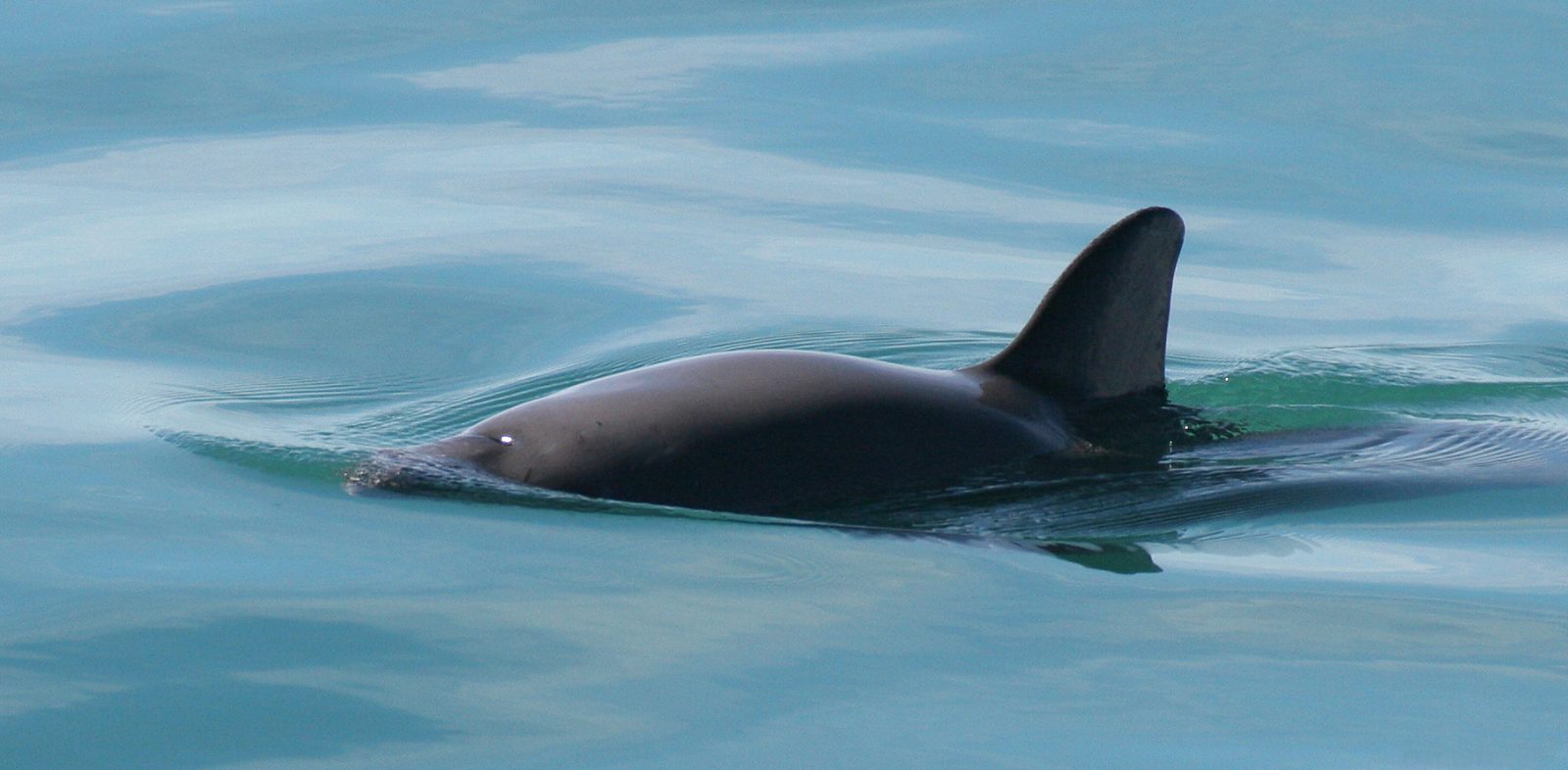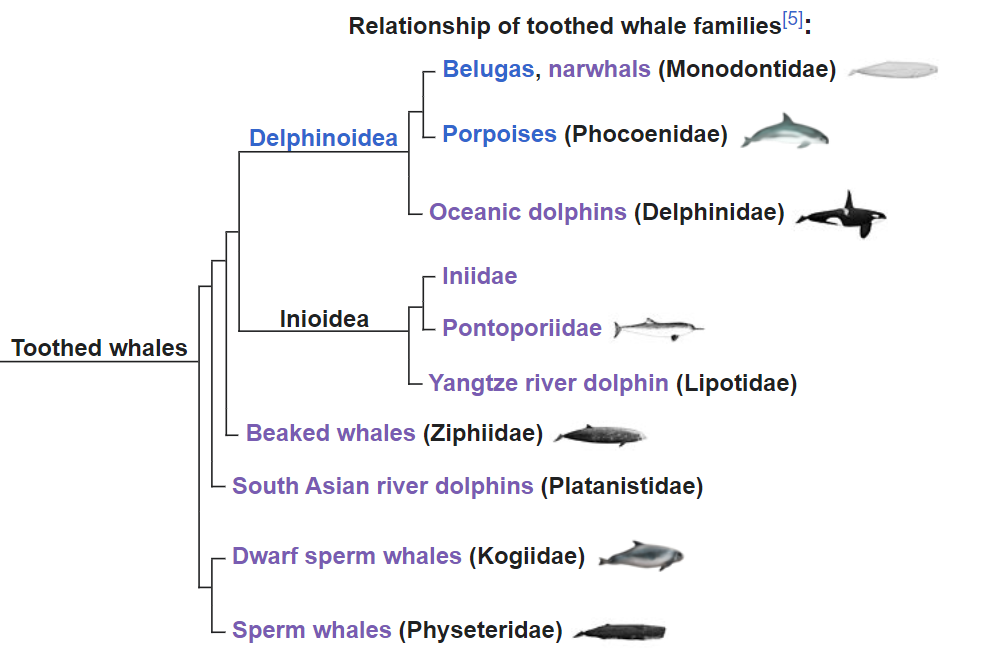
Vaquita
Found, only in the Gulf of California in Baja California, Mexico. Males grow to 140cm and females grow to 150cm.
It is critically endangered, largely as a result of many getting caught in gillnets which result in bycatch. It is clear that these nets should be banned but it is happening too slow.
Its name comes from Spanish and means little cow. It can clearly be identified from the other porpoises which share its range.
In 2022, it was estimated that just 10 remained in the wild, and unfortunately they continue to be caught by mistake. Unfortunately, the future of this species is not good.
[smart_post_show id="25789"]













